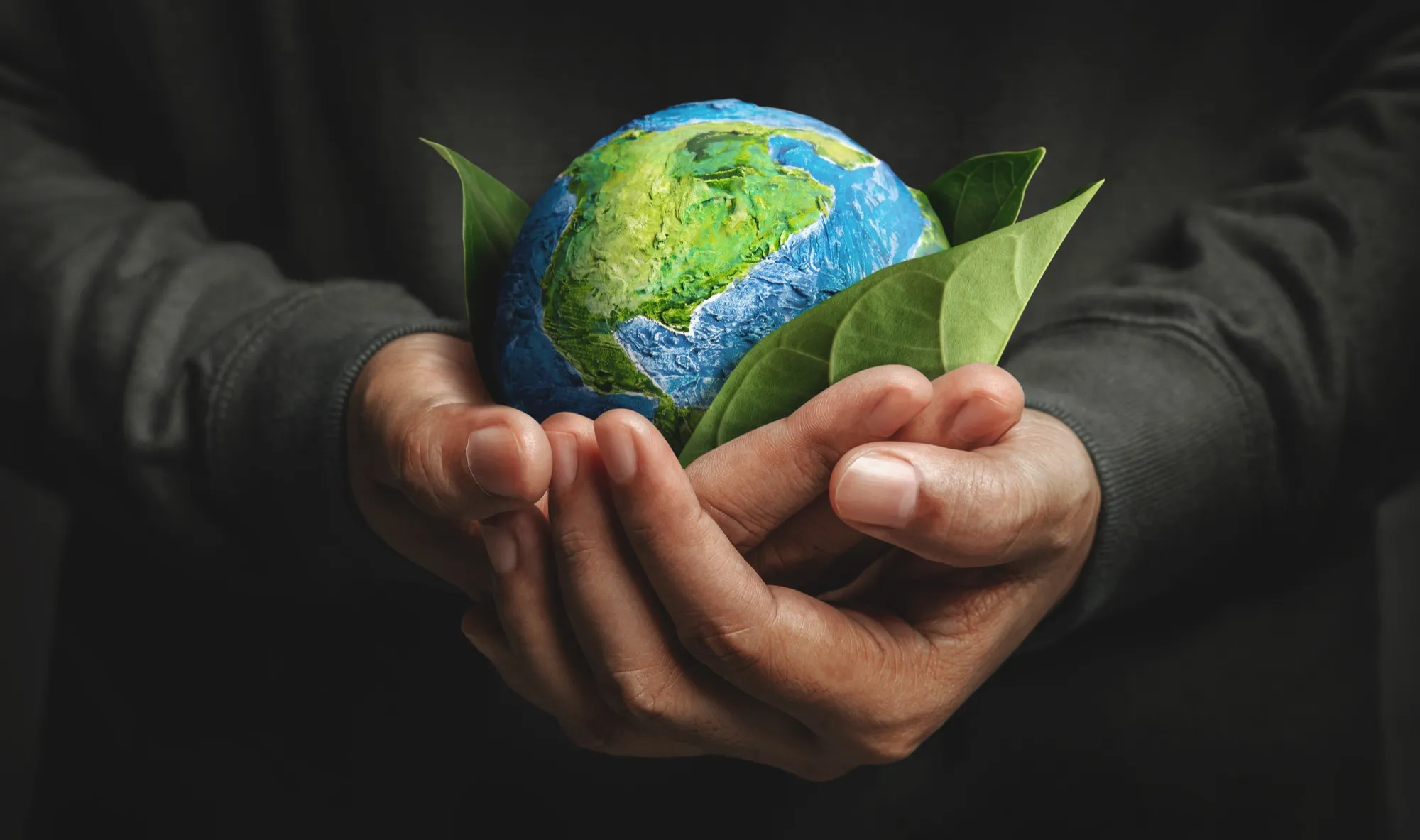Researchers from the Faculty of Civil and Environmental Engineering at the Technion – Israel Institute of Technology have shed new light on the fate of antibiotics and hormones in poultry litter undergoing hydrothermal carbonization (HTC). Their groundbreaking study published on January 28, 2024, details the degradation kinetics of select organic micropollutants (OMPs) and assesses the toxicity of both filtrates and hydrochars produced by the process.
The Hydrothermal Carbonization (HTC) Process
Recognized globally as an innovative waste management technique, HTC is a thermochemical process that transforms organic material into carbon-rich products under high pressure and temperature. It’s increasingly becoming an essential method for sustainable waste management, particularly in the agro-industry, providing a promising solution for converting poultry litter into valuable carbonaceous materials.
About The Study
The study, which appears in the Environmental Research journal, is authored by a team led by Micol Campagnano alongside Keke Xiao, Yael Gilboa, Uta Cheruty, and Eran Friedler from Technion – Israel Institute of Technology, with ties to the Environmental Science and Engineering Program at Guangdong Technion – Israel Institute of Technology in China.
DOI: 10.1016/j.envres.2024.118168
Key Findings
The researchers meticulously evaluated the breakdown of five selected OMPs: sulfadiazine, tetracycline, doxycycline hyclate (antibiotics), estrone, and 17-β-estradiol (hormones). The findings revealed that all pure OMPs were entirely degraded before reaching the HTC temperature of 250 °C. However, the degradation kinetics slowed when the OMPs were present within a matrix of poultry litter.
From an elemental mass balance standpoint, after just 15 minutes of HTC processing at temperatures below 137 °C, there was a 69-82% reduction in the organic carbon and a 50-66% reduction in the organic nitrogen content of the antibiotics. This indicates significant mineralization during the early phase of HTC, underlying the process’s efficacy in breaking down complex organic substances.
Moreover, it was observed that both the filtrate and hydrochars resulting from the HTC of poultry litter exhibited inhibitory effects on the growth of Escherichia coli and Bacillus subtilis, pointing towards their potential antimicrobial properties. The study suggests that this high level of toxicity is likely due to a combination of factors including high salinity, nutrient content, dissolved organic carbon, other ions, and the adsorption of the OMPs onto the hydrochars.
Importance of The Research
This inquiry is crucial for several reasons. Firstly, it enhances our understanding of how environmental contaminants such as antibiotics and hormones can be managed effectively during waste treatment processes. Considering the widespread use of such compounds in the poultry industry, and their potential to contribute to the development of antibiotic resistance and endocrine disruption in the environment, this research presents a significant advancement in environmental protection and public health.
Secondly, by evaluating the toxicity of filtrates and hydrochars produced by HTC, the study provides essential insights for the development of guidelines regarding the safe application of these by-products in agriculture or as soil amendments.
Implications for the Future
The study could lead to the adaptation and optimization of HTC processes in the poultry industry and beyond. It can guide the development of more sustainable and environmentally friendly practices for managing organic waste loaded with pollutants that could otherwise leach into ecosystems.
References
1. Campagnano, M., Xiao, K., Gilboa, Y., Cheruty, U., & Friedler, E. (2024). Fate of antibiotics and hormones during hydrothermal carbonization of poultry litter: degradation kinetics and toxicity assessment of filtrates and hydrochars. Environmental Research, 118168. https://doi.org/10.1016/j.envres.2024.118168
Below are additional references that provide a broader context for the readers who are interested in laterally related material but are not included in the original paper for format reasons:
2. Lehmann, J., & Joseph, S. (2015). Biochar for environmental management: science, technology and implementation. Routledge.
3. Krull, E., Baldock, J., & Skjemstad, J. (2009). Functions of natural organic matter in changing environment. Springer.
4. Gavrilescu, M., Demnerova, K., Aamand, J., Agathos, S., & Fava, F. (2015). Emerging pollutants in the environment – present and future challenges in biomonitoring, ecological risks and bioremediation. New Biotechnology, 32(1), 147-156.
5. Kümmerer, K. (2009). The presence of pharmaceuticals in the environment due to human use – present knowledge and future challenges. Journal of Environmental Management, 90(8), 2354-2366.
Keywords
1. Hydrothermal Carbonization
2. Poultry Litter Waste Management
3. Organic Micropollutants Degradation
4. Antibiotics and Hormones in Agriculture
5. HTC Process and Environmental Protection
The research team continues to explore the dynamics of HTC to unlock further potential in sustainable waste management. This study not only highlights the possibilities but also the need for ongoing environmental research in addressing the modern-day challenges posed by industrial and agricultural development.
